World Humanitarian Day: 7 distinguished humanitarians who came from Belgium
World Humanitarian Day is dedicated to aid workers who risk their lives in humanitarian causes and to those who have lost their lives in humanitarian causes. It is observed every 19th of August because this marks the day when 22 humanitarian workers were killed in the bombing of the United Nations Headquarters in Baghdad in 2003.
Today, we remember seven humanitarians from Belgium and their extraordinary efforts to build a kinder and safer world for others. Their stories of selfless service will restore your faith in humanity.
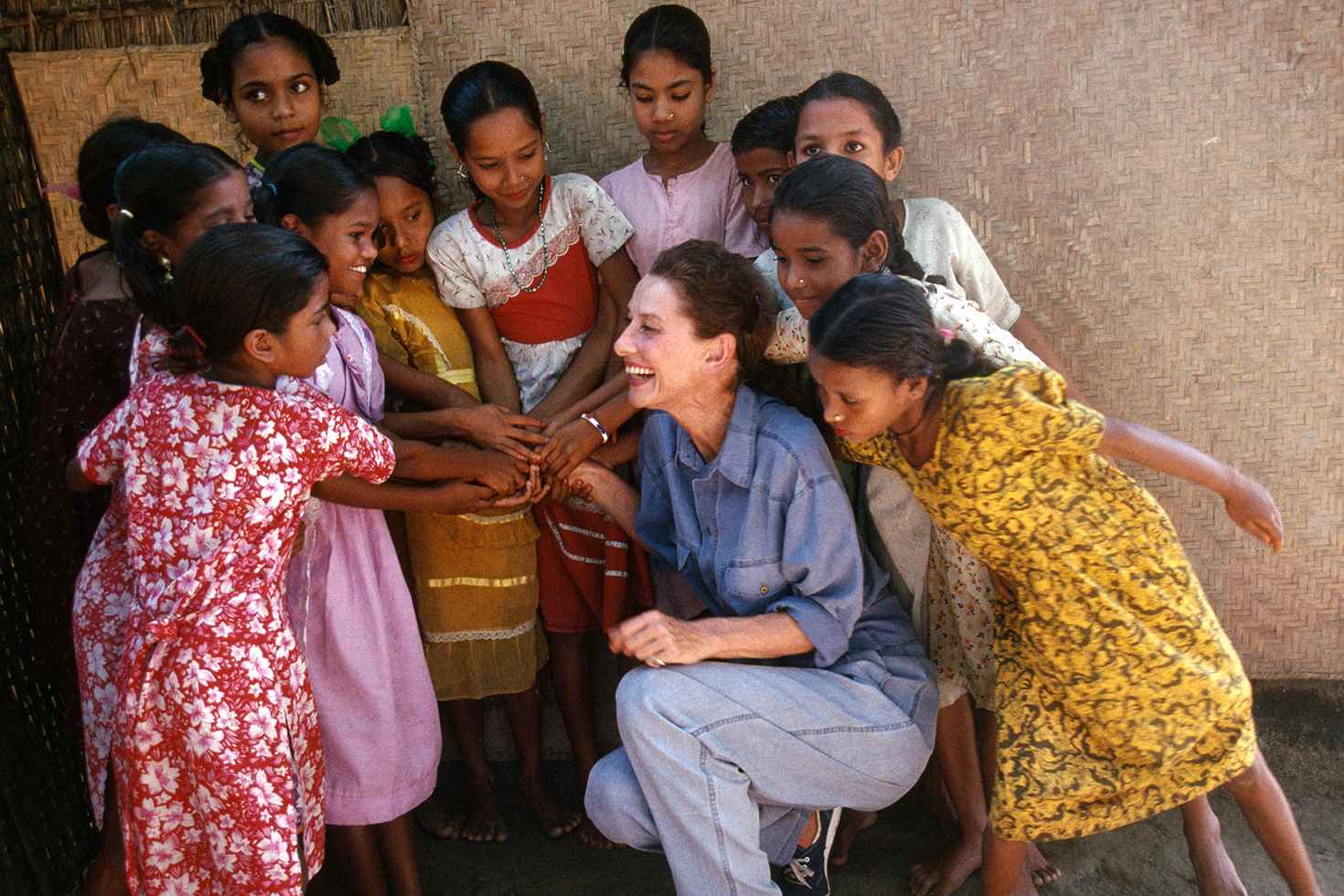
Audrey Hepburn
Belgian-born actress Audrey Hepburn wasn’t just a goddess of the screen. She was also a humanitarian. She could have spent the last years of her life in comfortable retirement. But instead, she chose to serve as a Goodwill Ambassador for the United Nations Children’s Fund (UNICEF). And she didn’t function merely as a figurehead. She embraced her role with a hands-on approach. She visited UNICEF’s programs for disadvantaged children and women in different parts of Africa, Asia, and South America. Using her celebrity profile, she raised the consciousness of millions of people about starving children from faraway and unknown corners of the world.
Aside from participating in UNICEF’s visiting programs, Hepburn also testified before the US Congress, launched UNICEF reports, designed fundraising cards, attended benefit concerts, and gave many speeches and interviews promoting UNICEF’s work. Her message was clear, “There is just no question that there is a moral obligation for those who have, to give to those who have nothing.”
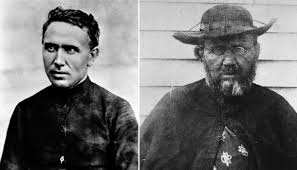
Saint Damien of Molokai
Father Damien, born Jozef De Veuster, was a Belgian missionary remembered as the “Apostle of the Lepers.” In 1873, he volunteered to administer to a community of lepers who were required to live under a government-sanctioned medical quarantine on the Kalaupapa Peninsula on the island of Molokai in Hawaii. Father Damien was the first priest to volunteer for the mission. He took care of the sick and attended to their spiritual and emotional needs. He also helped them build houses, schools, hospitals, roads, and churches.
After 11 years of living among lepers, Father Damien contracted leprosy but continued serving the community in Molokai until his death in 1889. He was beatified by Pope John Paul II in Brussels on June 4, 1995. His sainthood was confirmed by Pope Benedict XVI on October 11, 2009. The feast day of Saint Damien is celebrated on the 10th of May, the day he first arrived in the leper colony in Molokai.
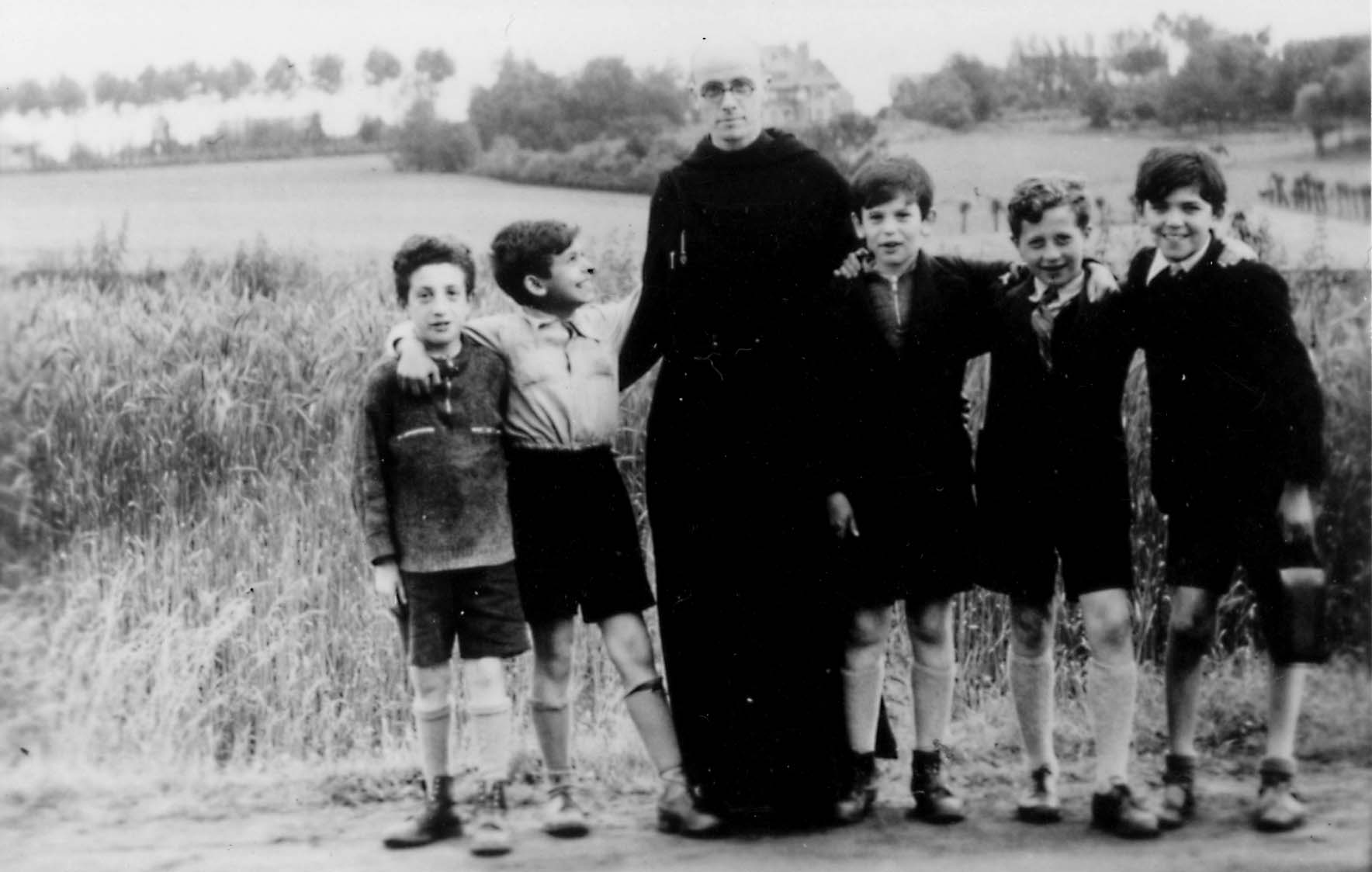
Henri Reynders
According to the International Institute for Holocaust Research, there were close to 66,000 Jews living in Belgium just before World War II. More than 50 percent of them survived the Holocaust owing to the courage and tenacity of men like Henri Reynders.
Dom Bruno, as Reynders was called by many, was a Catholic priest who undertook the dangerous task of setting up safe houses for Belgian Jews. He sent Jewish children to private homes, including the homes of his mother and his brother. He made preparations for Catholic institutions and schools to take in Jewish children. He also provided them with false identity cards with non-Jewish names. He continued helping Jews even while he was on the run from the Gestapo. More than 400 Jews escaped deportation and death through the work of Dom Bruno.
When the war ended, Father Reynders returned to the abbey and ministered to the aged, the sick, and the handicapped. In 1964, Israel recognized him as one of the Righteous Among the Nations, an honorific bestowed on non-Jews who risked their lives to save Jews during the Holocaust.

Andrée de Jongh
Countess Andrée de Jongh was a member of the Belgian resistance during World War II and the brains behind the Comet Line, an underground network that provided refuge to hundreds of wounded British soldiers and helped them return safely to Britain. The Comet Line established an escape route that ran from Brussels through France, Spain, and Gibraltar. Jongh herself accompanied more than a hundred soldiers during the long and risky journey.
In 1944, Jongh was captured by German troops and sent to the Fresnes prison in France. She was later moved to the Ravensbrück concentration camp in Germany. Along with other prisoners, she was released in 1945 by advancing Allied troops. After the war, Jongh served in leper hospitals in the Belgian Congo, Cameroon, and Ethiopia. For her humanitarian works, she received several awards including the United States Medal of Freedom and the British George Medal. King Baudouin granted her the title of countess in 1985.
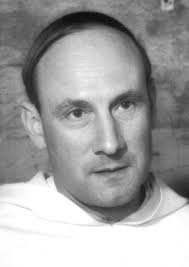
Georges Pire
In 1958, Belgian Dominican friar Georges Charles Clement Ghislain Pire received the Nobel Peace Prize for helping countless refugees during and after World War II. When the Germans invaded Belgium in 1940, he became a chaplain to the resistance movement, an agent for the intelligence service, and a collaborator in the underground escape system for Allied troops.
After the war, Father Pire organized and led a sponsorship movement that encouraged people to adopt and support refugees and their families. He also initiated a project to build small villages for refugees in Germany, Austria, and Belgium. After winning the Nobel Peace Prize, he devoted his life to promoting peace in Europe and other parts of the world.
In more than three decades of working for humanity and peace, Father Pire founded four humanitarian organizations. Up to this day, Service d’Entraide Familiale (Mutual Family Aid), Aide aux Personnes Déplacées (Aid to Displaced Persons), Université de Paix (Peace University), and Îles de Paix (Islands of Peace) continue the work that Father Pire started by providing assistance to refugees and carrying out development projects in less developed countries.
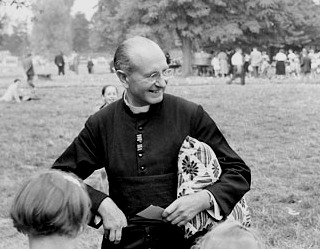
Édouard Froidure
Father Édouard Froidure is dearly remembered as the abbot who helped thousands of underprivileged children in Belgium. Before World War II, he launched the creation of several playgrounds and other social projects for young people in Brussels. When the war broke out, he joined the resistance movement and made arrangements to host Jewish children in the Parmentier Park of Woluwe-Saint-Pierre. After his arrest in 1942, he spent more than 30 months in prison and concentration camps in Germany. But upon his release in 1945, he returned to Brussels and continued serving those whom he fondly called “his children.”
Abbé Froidure founded Les Petits Riens, Les Stations de Plein-air, Les Petits Sapins, and several other initiatives providing support to disadvantaged young people. To this day, the Froidure Federation brings together about 30 institutions carrying on the legacy of their founder.
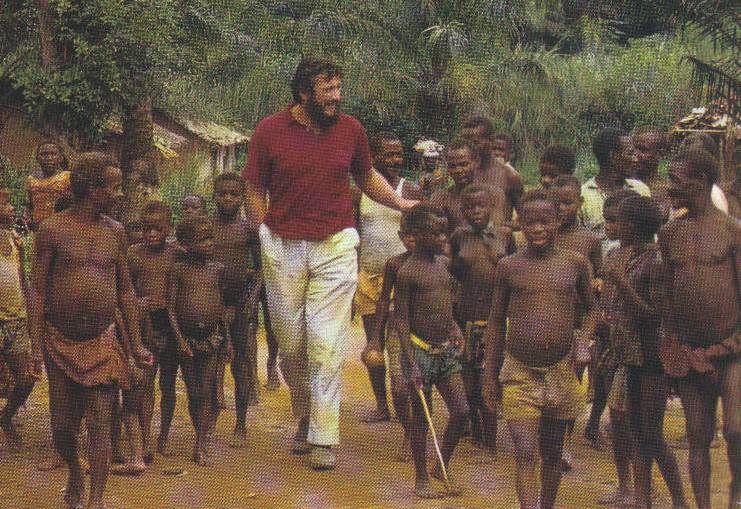
Jean-Pierre Hallet
Dr. Jean-Piere Hallet was an ethnologist and naturalist who dedicated his life to helping the Efé pygmies, an endangered tribe dwelling in the Ituri Rainforest of the Democratic Republic of the Congo. In 1974, he established the Pygmy Fund for the benefit of the Efé. He led massive campaigns and projects to help the tribe survive and to improve their living conditions. Most of all, he lived among the pygmies and taught them how to read and write. He also introduced them to modern tools and farming methods.
Hallet wrote several books on the Efé pgymies and his extraordinary life and experiences with them. He received more than a hundred awards for his humanitarian works, including the National Order of the Leopard in the Congo, the US Presidential End Hunger Award, and a nomination for the Nobel Peace Prize.



